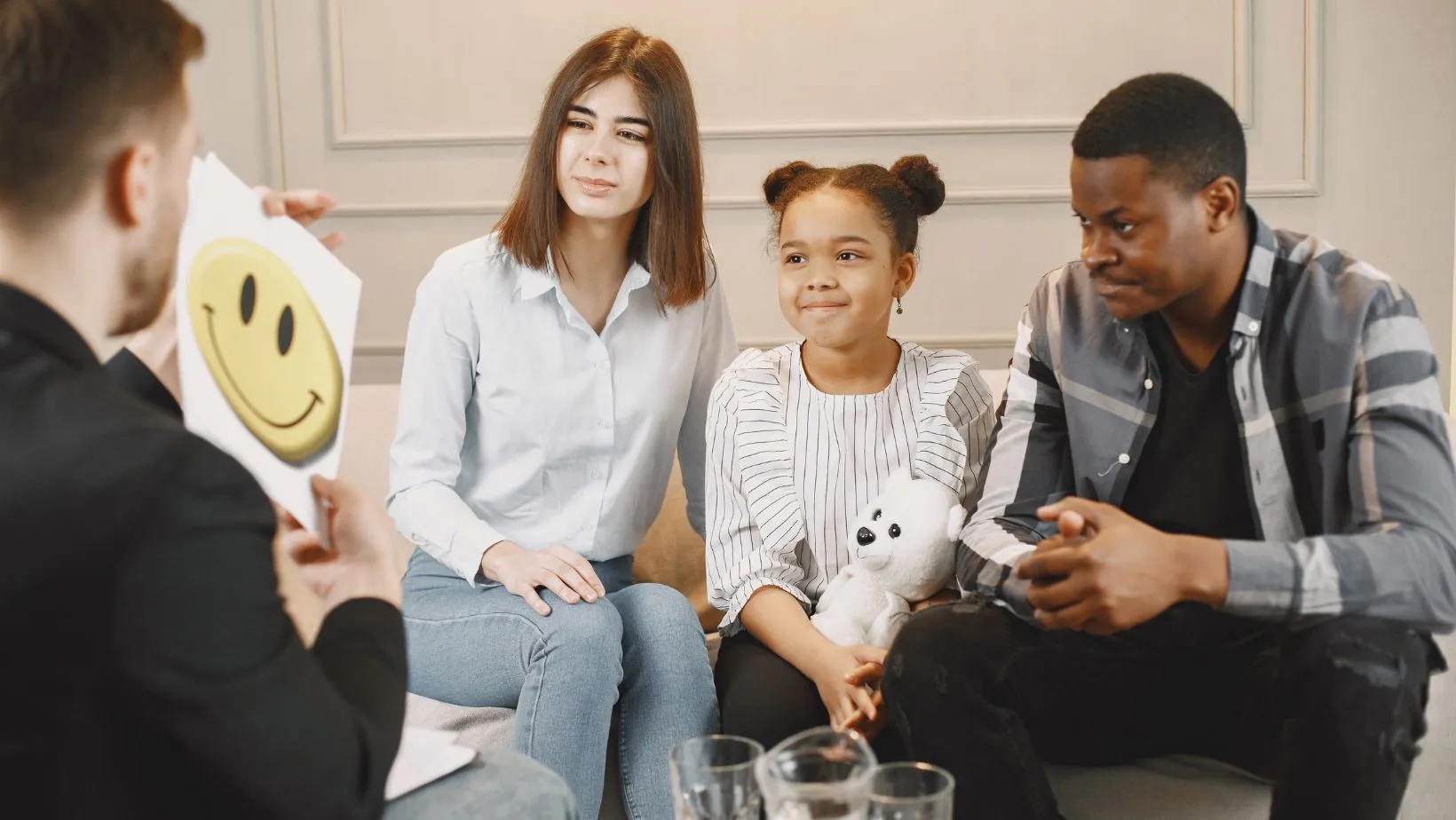What role does family support play in achieving success with therapy? How can caregivers contribute to the progress of a child’s development? These are important questions when considering the effectiveness of in-home therapy. While trained professionals are essential, the involvement of parents and caregivers often makes a significant difference in outcomes. Their engagement bridges therapy sessions and everyday life, fostering consistency and long-term progress.
Creating a Supportive Environment with ABA Therapy
Searching for “ABA therapy near me” is often the first step families take to find effective resources for their children. However, the journey doesn’t end there. Success often depends on how well caregivers and therapists collaborate to create a supportive environment.
Parents and caregivers can reinforce skills learned during sessions by practicing them at home. For example, a therapist may introduce communication strategies, and parents can encourage their use in daily interactions. This consistent reinforcement helps children generalize skills, making them more effective in real-world situations.
Building Trust and Strong Relationships
Strong relationships between caregivers, therapists, and the child are essential for success. Trust creates a foundation where everyone feels valued and aligned toward the same goals. Open communication is a critical part of this process.
Parents who actively participate in therapy sessions can provide valuable insights about their child’s behavior, preferences, and challenges. These insights allow therapists to tailor their strategies, making sessions more effective. At the same time, parents gain a better understanding of the methods being used, empowering them to take an active role in the process.
Extending Learning Beyond Sessions
Therapy sessions are only a small part of a child’s daily routine. To make lasting progress, the skills and techniques introduced during sessions must extend into everyday life. This is where caregivers play a vital role.
By incorporating therapy techniques into family routines, caregivers can create opportunities for children to practice and refine their skills. For example, a trip to the grocery store might become a chance to work on communication or social skills. This repetition strengthens the child’s ability to apply what they’ve learned across various situations.
Overcoming Challenges Through Collaboration
A normal aspect of learning is encountering difficulties. Whether it’s difficulty in understanding a technique or moments of frustration, collaboration between therapists and caregivers can help overcome obstacles. By working together, they can create personalized strategies that make learning more engaging and effective for the child.
Therapists can provide practical advice for managing challenging behaviors and adapting strategies to suit the child’s needs. Similarly, parents can share observations about what works well and what doesn’t. This back-and-forth dialogue fosters a sense of teamwork and ensures that everyone is working toward the same objectives.
Celebrating Milestones and Progress
Acknowledging progress is just as important as addressing challenges. Celebrating milestones, no matter how small, motivates both the child and their caregivers to continue their efforts. These moments of success reinforce the value of consistent involvement and dedication.
Caregivers can also use these milestones as opportunities to reflect on what strategies are working well. This helps build confidence and strengthens the bond between the child and those supporting them. Each achievement, whether it’s mastering a new skill or improving behavior, is a step toward greater independence and success.
Searching for “ABA therapy near me” and finding one, is just the beginning of a transformative journey. Success depends on the collaboration between professionals and caregivers, each playing an essential role in the child’s progress. By actively participating, caregivers help create an environment where learning thrives and milestones are celebrated. With dedication and teamwork, families can build a brighter future together—one step at a time.





